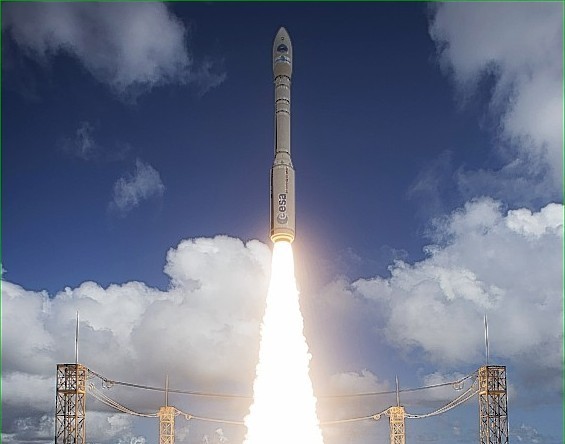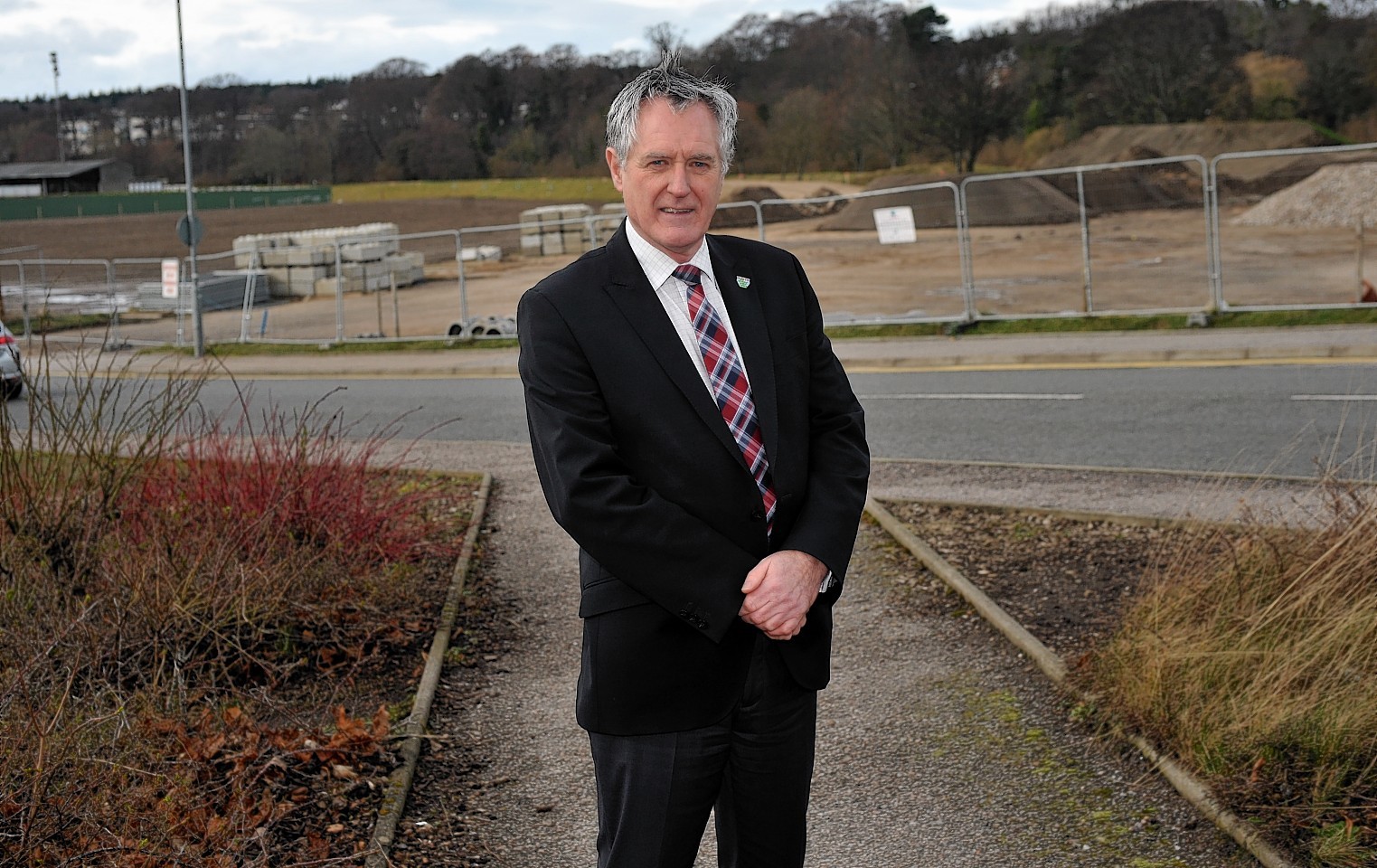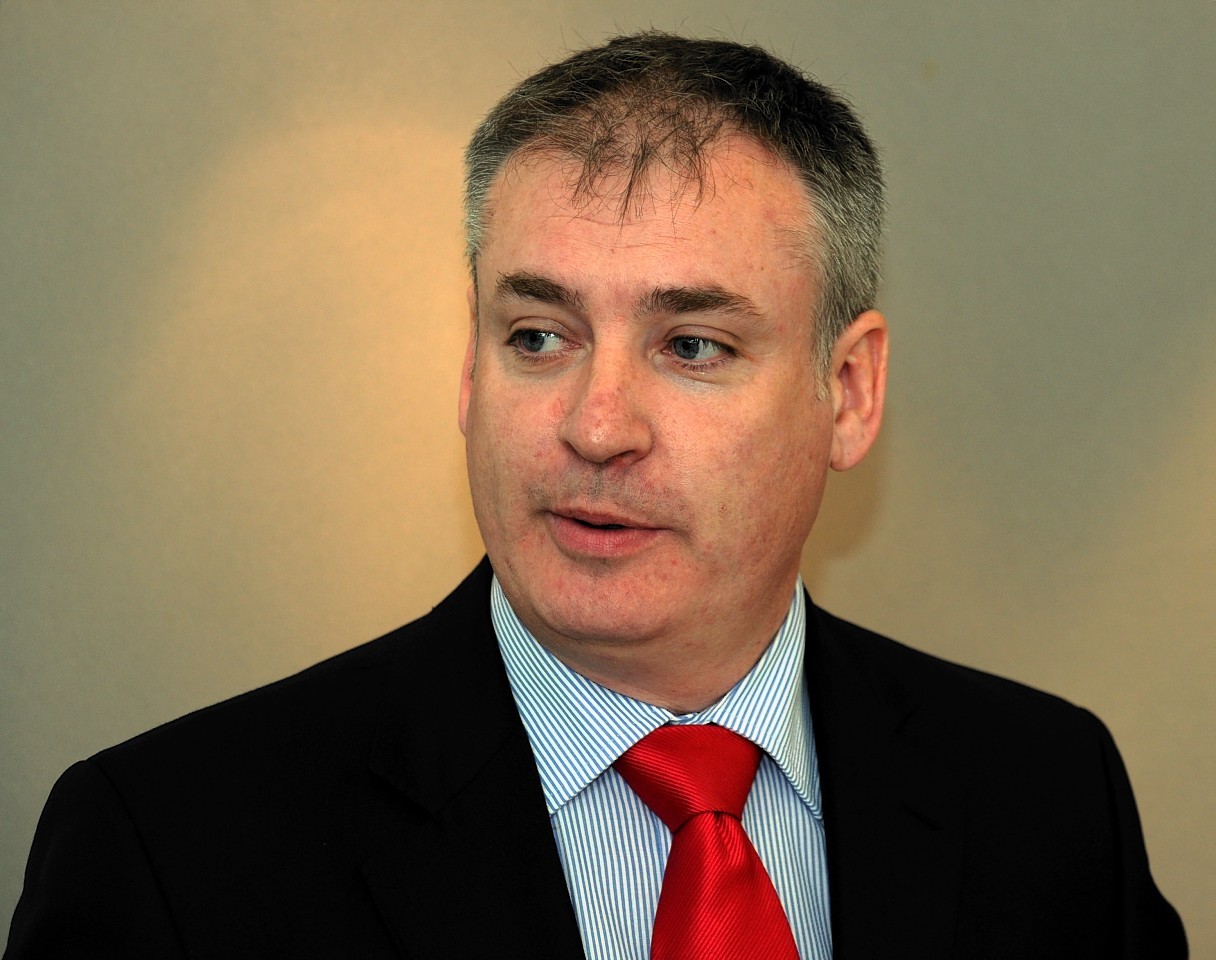Hopes that Britain’s first spaceport could be based in Moray were dashed yesterday – in a decision branded “mystifying” by supporters.
RAF Lossiemouth and Kinloss Barracks were included in an original shortlist published last July, with many pundits believing the Kinloss base to be a top contender.
However, the Civil Aviation Authority has now ruled out both as possible locations.
The body cited “overriding military operational factors” as the reason for their removal – referencing the “vital role” the sites play in national defence.
Two Scottish sites – Campbeltown and Glasgow Prestwick – are still in the running, along with Newquay in Cornwall and Llanbedr in Wales, after the team behind a bid for Stornoway on the Isle of Lewis ruled themselves off the final shortlist.
Last night, the judgement came under fire from community leaders in Moray, as campaigners urged the Ministry of Defence to reconsider.
Chairman of the Moray Economic Partnership John Cowe said: “This is hugely disappointing news for Moray.
“Our submission was based on expert opinion, and we still strongly believe that Moray has the best case in relation to favourable weather, uncongested airspace, suitable infrastructure and availability of a skilled workforce.
“Moreover, we believe that the area has all the necessary economic attributes to ensure the successful development of a spaceport between now and 2030.
“It is deeply frustrating that the MoD’s operational issue was not flagged up earlier on in the process.
“The MEP will seek meetings with the UK Government departments to fully understand the rationale behind these recommendations and push for the reconsideration of Moray as a spaceport location.”
Moray MP Angus Robertson said ruling out Kinloss and Lossiemouth as potential spaceport locations was an “inexplicable decision”.
Mr Robertson said: “The announcement that Kinloss and Lossiemouth have both been ruled out as potential spaceport sites is an extremely bad decision by the UK Government.
“I am utterly mystified that the Ministry of Defence assessment has reached this conclusion, particularly at Kinloss, whose runway is barely used since the Nimrods were removed from service and which has acres of space that could be better used.
“Given the keen interest shown in Moray’s location and facilities by Virgin Galactic it is an inexplicable decision.
“Many folk in Moray, both in public agencies and in the wider community, have backed the idea of a spaceport here and have evidenced the suitability of the area for it.
“They will be hugely disappointed by a decision that simply defies logic.”
Moray MSP Richard Lochhead added: “One of the big reasons why Moray’s bases are good locations is the level of aircraft engineering expertise and operational airbase expertise that exists in our community.
“These are transferable skills that would undoubtedly support the development of a spaceport and to rule both Lossiemouth and Kinloss at this stage is wrong-headed and short-sighted.”
Ministers hope to have an operational spaceport by 2018, paving the way for satellite and rocket launches as well as space tourism.
RAF Leuchars has also been confirmed as a potential temporary facility.
Last month, Universities, Science and Cities Minister Greg Clark promised the government would move “quickly” in selecting a site.
The global space economy is expected to be worth £400billion annually in the next 15years, and the Westminster government hopes the UK can grab a 10% share of that.
Work to establish the feasibility of a UK spaceport began in 2012, when the Department for Transport and UK Space Agency asked the CAA to review the operational environment and regulations to allow spacecrafts to operate.
Last year, the government launched its space innovation and growth strategy 2014 to 2030, which set out the economic advantages of the UK becoming a European focal point for the pioneers of commercial spaceflight and scientific research.
The next step is for the DfT to develop a detailed technical specification of spaceport requirements, prior to inviting proposals. This is due to be published later this year.


